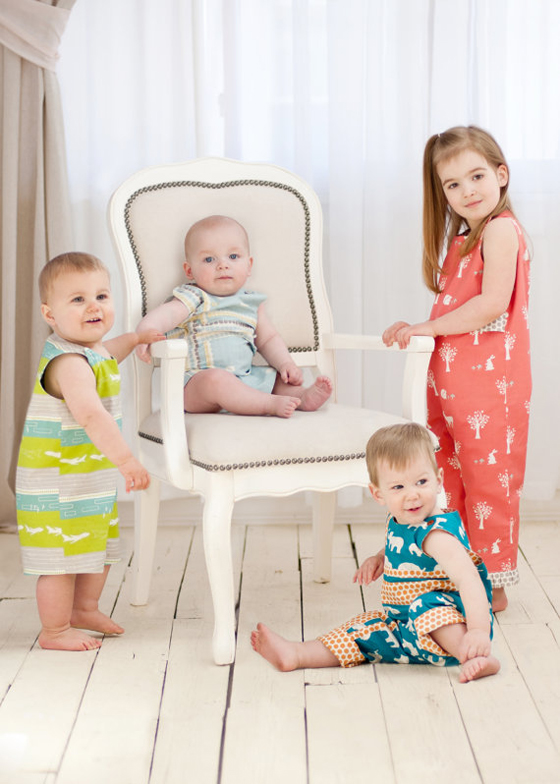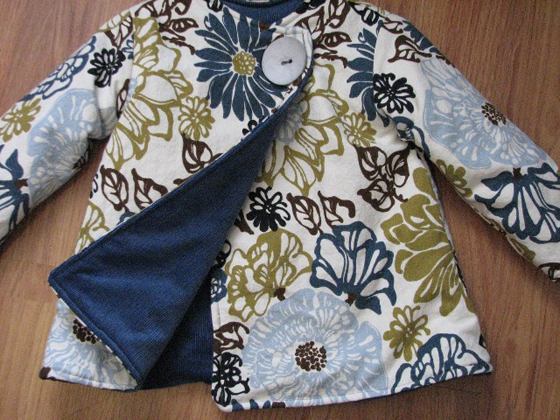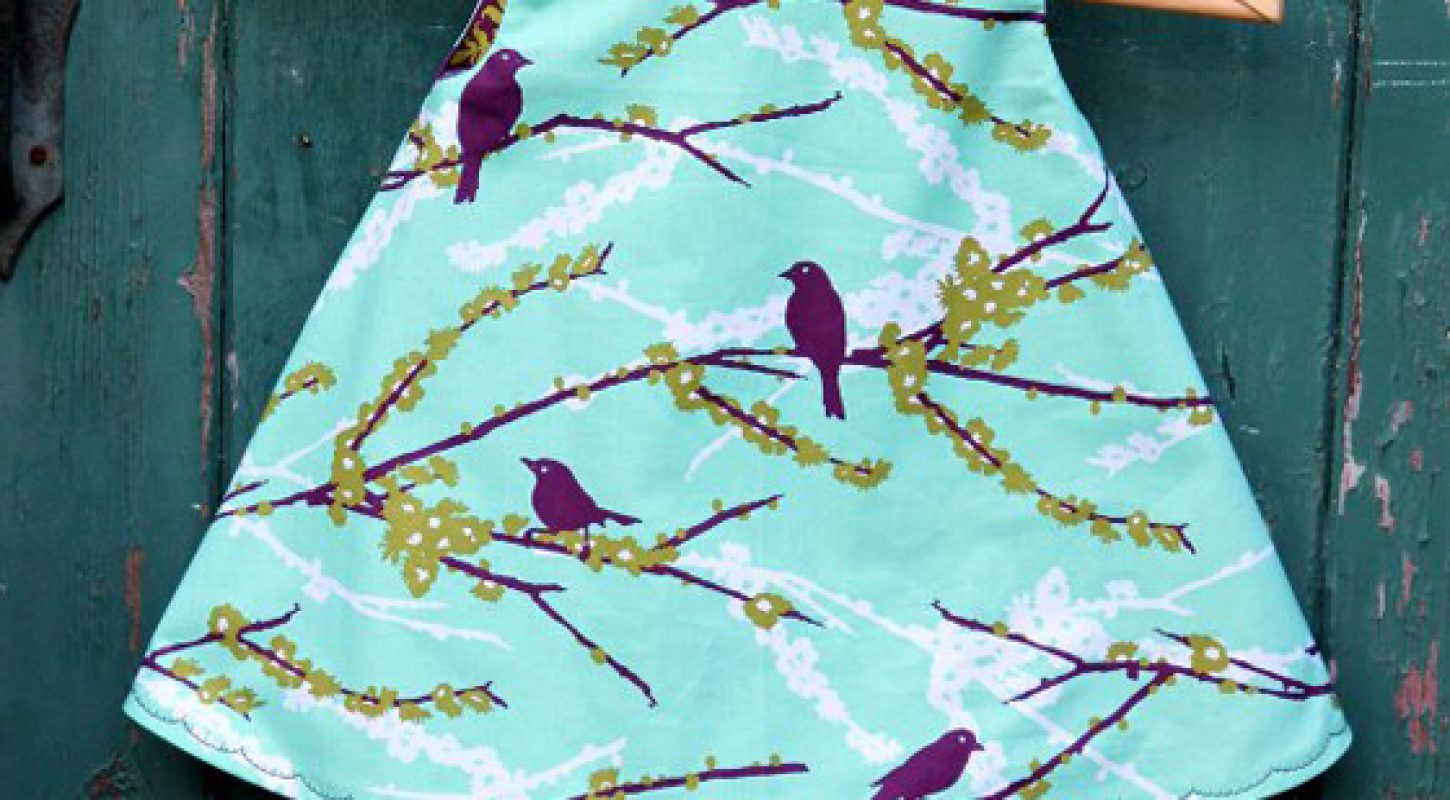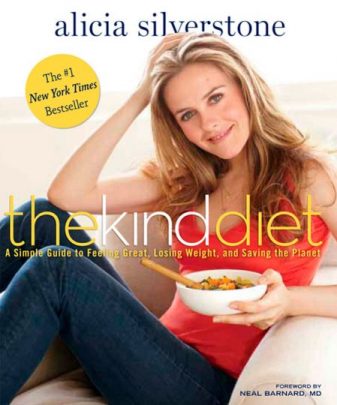This fashion guest blog comes from fashion correspondent Katie. She has written a thoroughly impressive guide to sewing kids’ clothes. If you’re intimidated by the idea, you won’t be after you read this! Take it away, Katie!
xo,
Alicia
* * * * * * * * * * * *
Making Eco-Fashion for Kids
by Katie Gillespie
There are a lot of great reasons to sew your own clothes for children:
- It’s a great way to make eco, kind fashion choices for kids.
- The clothes are one-of-a-kind and can take into account the individuality of each child. Kids can even help pick out the fabrics to make them more their own.
- It’s fun and satisfying to make something with your own hands that will be well-worn and loved.
- Little kids can get away with almost anything, which makes kids’ fashion projects so inspiring.
Making your own clothes for kids may sound intimidating if you are not an experienced sewer. I know it did to me! But whether you’re an old pro on the sewing machine or have never touched a sewing machine in your life, making clothes for kids can be an easy, fun, creative and kind way to clothe the children in your life.
If you have a sewing machine, you’re ready to go. If you don’t have one, ask around your circle of family and friends—someone should be willing to lend theirs out, along with a quick lesson on how to make it work.
Choosing a Pattern
Once you’ve got a sewing machine squared away (whether it’s your own or borrowed) the next step is to choose a pattern. My favorite place to get patterns is Etsy for two reasons:
1. They are unique, affordable, and support individual craftspeople.
2. The patterns are emailed to you in PDF format, so you get them quickly, and you can print them on scrap paper (to avoid killing more trees).
To get the most out of patterns, I always try to choose patterns that can be used for both girls and boys, like these adorable overalls/romper from The Cottage Mama:

Buying patterns this way is a sensible and eco-investment—they will be useable for years, for a variety of ages and for lots of different kids in your life. The Cottage Mama overalls include the pattern for children from 6 months to 6 years of age! I also like to choose patterns for reversible clothes because a reversible jacket is like having two jackets in one, like this sweet ‘Every Which Way’ coat from Chicken Hill that’s great for either a boy or girl:

The darling Cottage Mama reversible dress at the top of the post, in addition to being reversible, can be worn as a top once the child outgrows the dress.
Finding Fabric & Notions
The pattern will tell you how much fabric you will need to complete the project. The most eco-friendly (and affordable) fabric choice you can make is to repurpose clothing or fabric you already have, or to buy fabric at a local thrift store. Some thrift stores (like Goodwill) actually have a ‘yardage’ section, where you can buy donated vintage and secondhand fabric yardage. You can find some amazingly unique, affordable, one-of-a-kind fabrics this way. You can also look at thrift stores for clothing that can be taken apart and repurposed as an ‘upcycled’ fabric choice. You’d be surprised how much great fabric you can get out of an old dress and a seam-ripper.
Sometimes you can find notions (thread, buttons, and other embellishments) in thrift shops. With second-hand thread, test its strength by trying to break it. If it pulls apart easily, don’t buy it. If it feels strong, go for it! Vintage stores and antique shops sometimes have wonderful button collections. Mismatched buttons can be a great look down the front of a colorful little jacket, or as an embellishment on sleeves or collars. Let your imagination run wild!
If you can’t find reused fabric and notions options, there are some excellent eco-fabric options out there. Check your local fabric stores for eco-options. And of course, you can always support individual artisans on Etsy, where you can search for adorable organic fabrics. Out of kindness and respect for animals, avoid fabrics containing wool, leather, fur, down or silk and buttons made from bone, leather or shell. Once you’ve got your pattern, fabric and notions, you’re ready to sew. Follow the instructions on the pattern and, most of all, have fun!

Katie Gillespie writes the Seattle-based blog Serenity in the Storm, which features vegan news, recipes, fashion and animal advocacy-related topics, she is a contributor at Our Hen House and MindBodyGreen.

